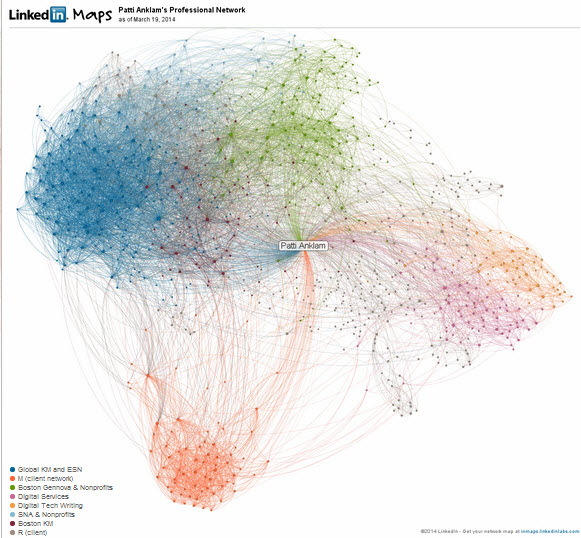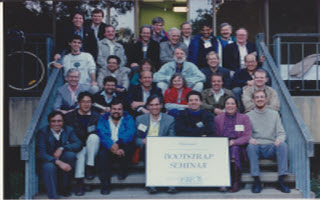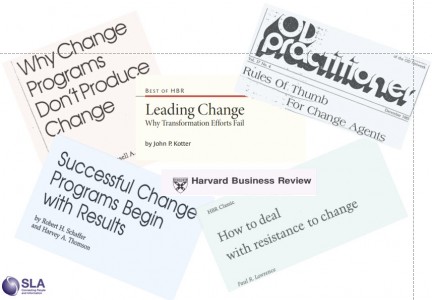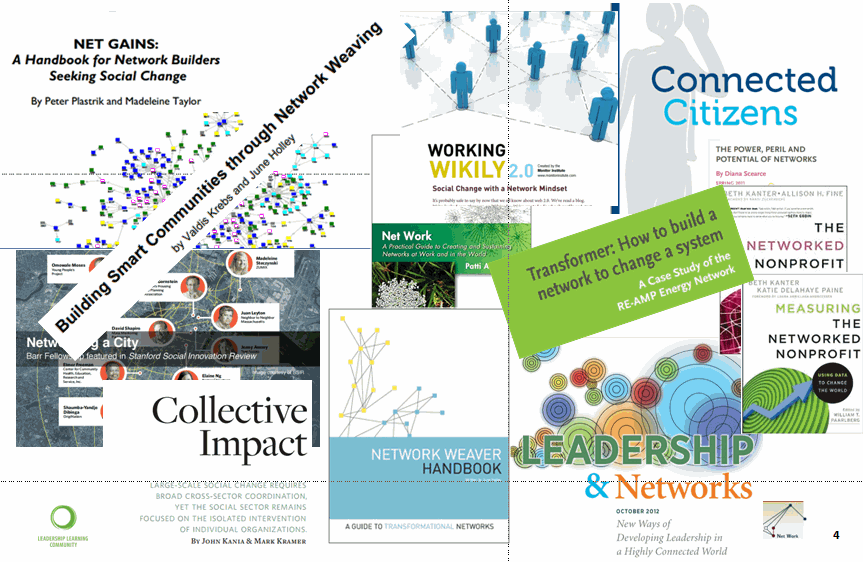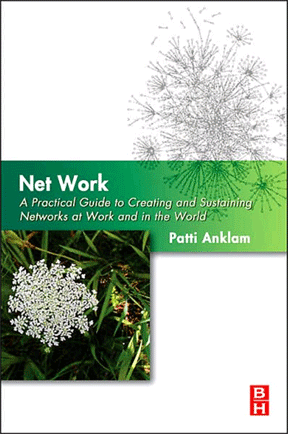After a 3-year focus in the non-profit world where I have been supporting network weaving projects with social network surveys and analyses. (See Networks and NonProfits). I slowed, then dropped out of the social media stream of tweeting and blogging as my internal compass shifted.
I have been working regularly with a small number of outstanding consultants and organizations focused on understanding network-building as a development strategy and evaluating the impact of the investments in network-building. I love the people I work with, but it’s still been a bit lonely working primarily from my desk at home, interfacing with only a handful of the actual clients as my work became more and more narrowly focused into maps, spreadsheets, and the exchange of powerpoint files.
The last time I attended an Enterprise 2.0 conference in Boston I came away totally frustrated. After 20+ years working with collaboration tools (beginning with a Lotus Notes precursors) I was seeing, demonstrated, that the future had finally arrived. Enterprise social network (ESN) platforms truly enabled work to happen in conversations and as a result of conversations. The 3rd generation of KM was imminent, where knowledge emerges from the network. Why frustrated? I wanted to work in a big enterprise where people would be using these tools. I was nostalgic for the Camelot of Collaboration and being part of a company where sharing was culturally embedded and trust abounded or was, with the introduction of ESNs, plausibly possible . “Let me in, coach!”
What I missed out on, big time, was that there was a big enterprise that I actually was a part of but couldn’t see my way to participate in. My network of folks who are not part of corporate enterprises were there all the time, an emergent learning enterprise of hugely scaleable value. (Too many to list, but you know who you are; you are the big dark blue blob in my LinkedIn Network, below):
What happened? When my paid client work took my attention into the dark green blob, I changed my filters and stopped tuning into the conversational feeds where explorations into corporate structure, personal knowledge management and working out loud, continued good practice development in good old solid KM, innovation platforms and networks were continuing to produce awesome learning, insights, and models for the new world of work.
Then, miraculously, Susan Scrupski (who wasn’t even in the big blue blob) reached out to me to invite me, as a social network analysis expert, to join Change Agents Worldwide. Here, I have found many fellow travelers from my earlier days in KM and social media as well as new names and faces who are already enriching my understanding of work and how to work. Because guess what? They are using an ESN, Socialcast by VMware and gosh, it is nonstop conversations, ideas emerging from those conversations that are being captured and curated into an emerging framework for creating a shared business, a nonhierarchical enterprise of change agents with a common desire to make human work more meaningful.  I joined too late to provide an essay for the inaugural publication: Changing the World of Work. And I am still easing my way into conversations that don’t pertain directly to social network analysis, but I think I will find my way in, and out back into KM and possibly even ESN projects.
I joined too late to provide an essay for the inaugural publication: Changing the World of Work. And I am still easing my way into conversations that don’t pertain directly to social network analysis, but I think I will find my way in, and out back into KM and possibly even ESN projects.
Meanwhile, I am working to manage the CAWW flow and my flow as I experience this new world of working together, aloud. I just blogged, didn’t I?

